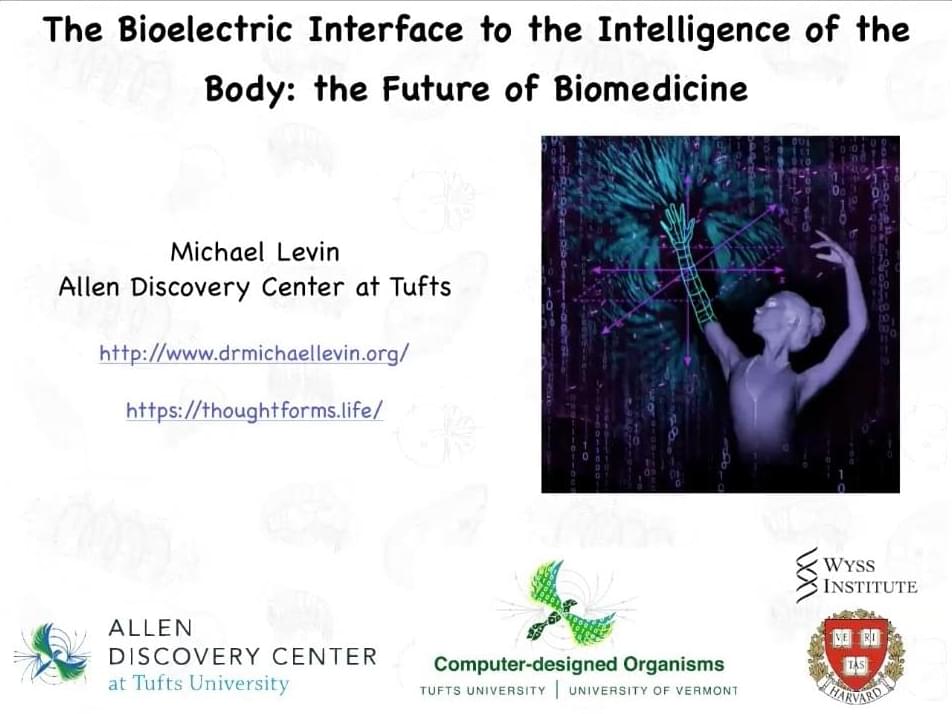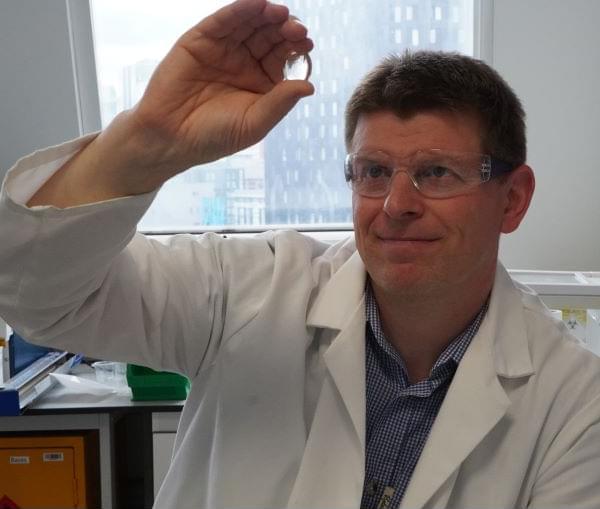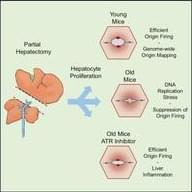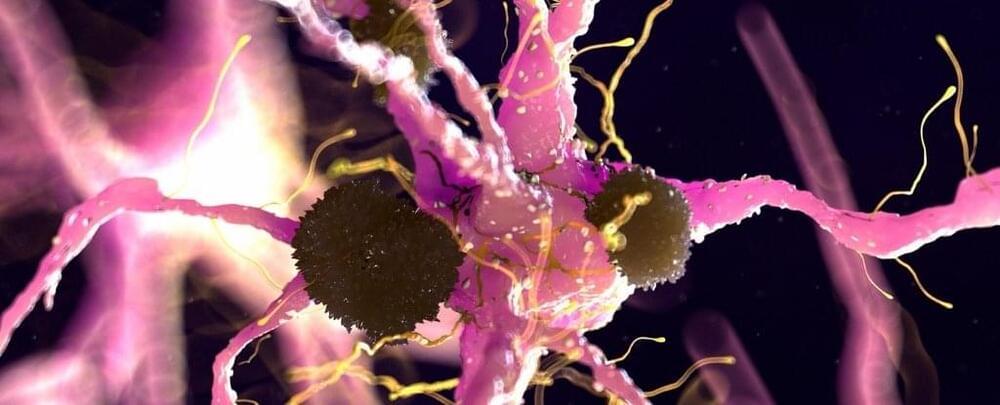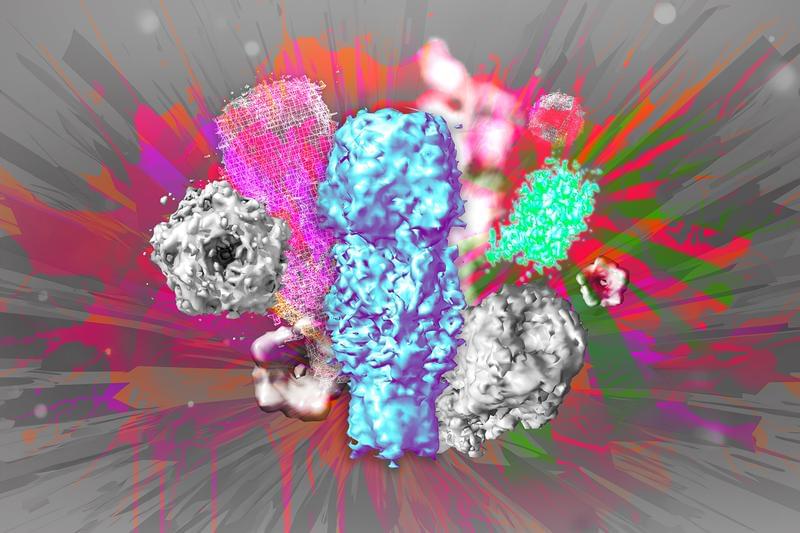
The launch of Polaris Dawn from Kennedy Space Center includes the first civilian commercial spacewalk and other factors that will be firsts for space medicine research. And that’s why Emmanuel Urquieta, an internationally recognized space medicine expert who recently joined UCF’s College of Medicine, is especially excited about this latest mission.
The spacecraft is flying up to 870 miles above Earth—the highest orbit flown in the last half century. And at that altitude, the astronauts will be exposed to higher radiation than most astronauts who stay in low Earth orbit, such as those onboard the International Space Station.
After achieving the high orbit, Polaris Dawn will come down to a lower altitude for the spacewalk. Traditionally, when astronauts exit the spacecraft, there is an airlock that allows the interior of the vehicle to stay pressurized. But during this week’s walk, the entire vehicle will be depressurized so all four astronauts will be exposed to the vacuum of space and must rely on their spacesuits for life support.

